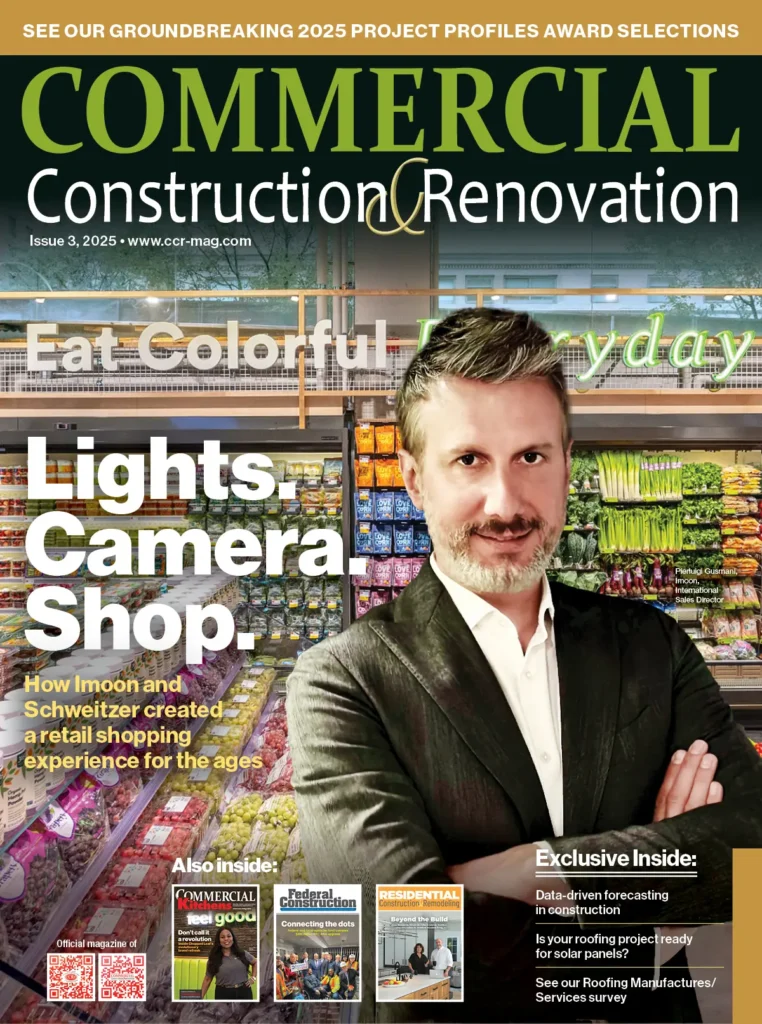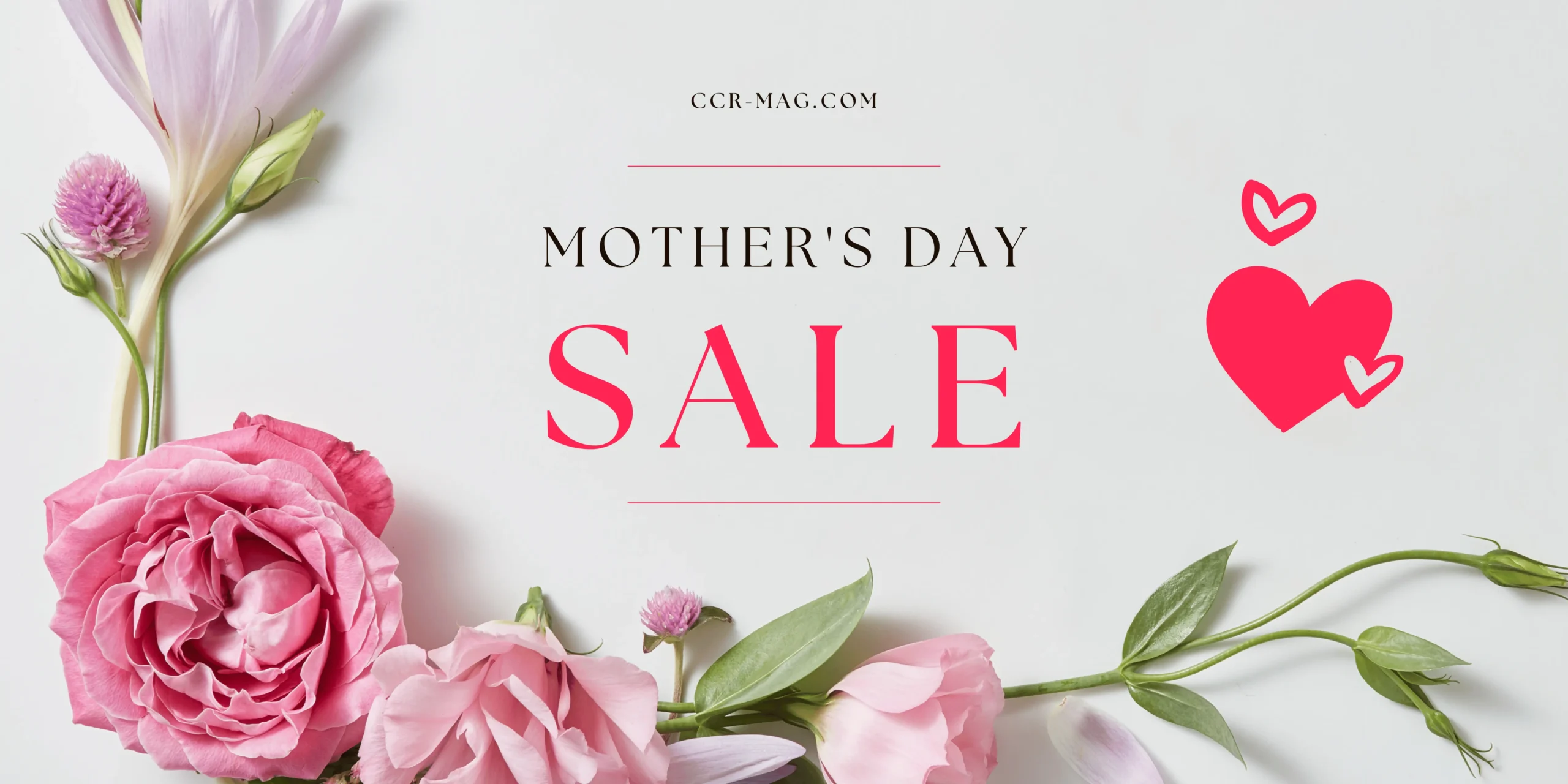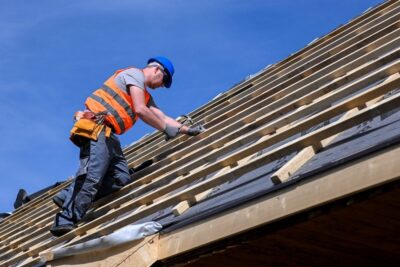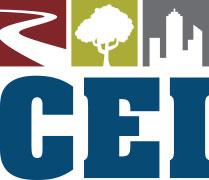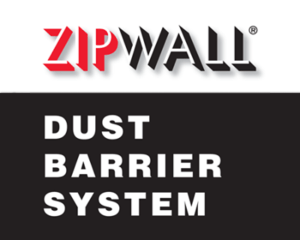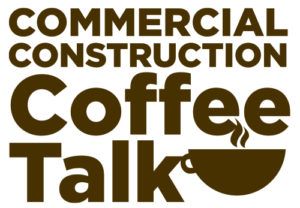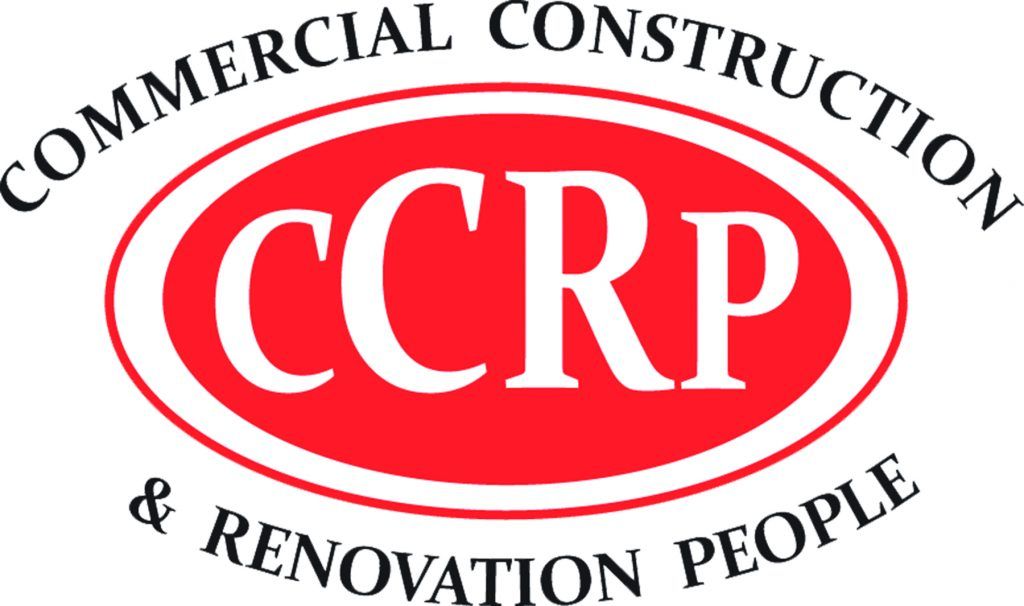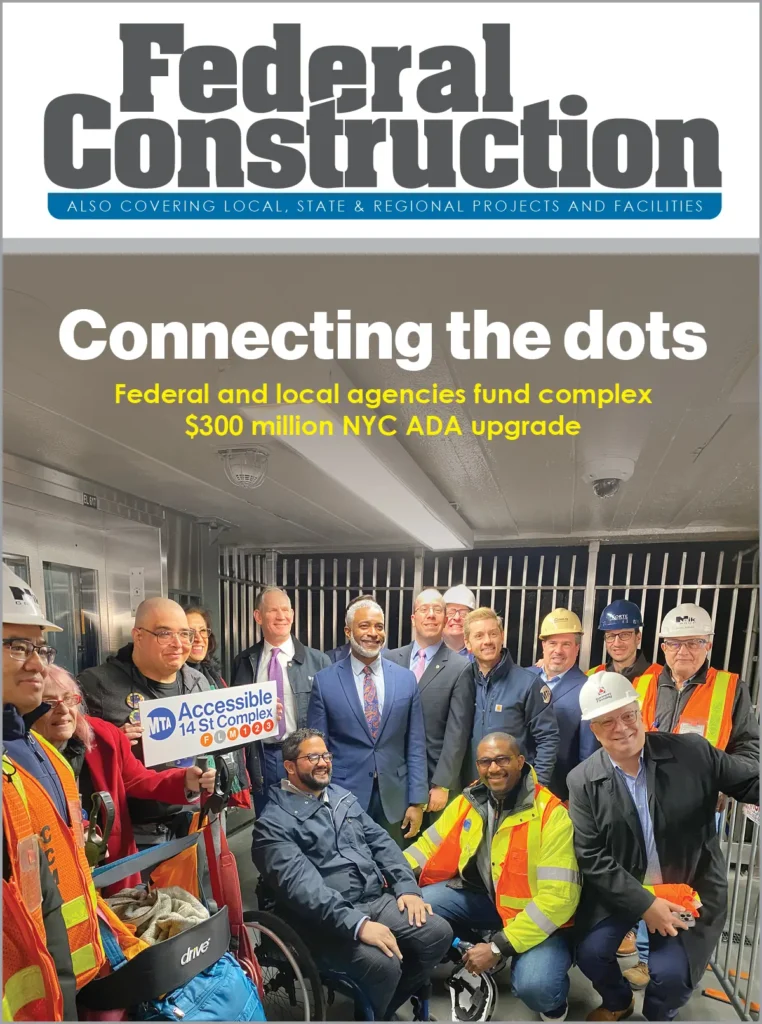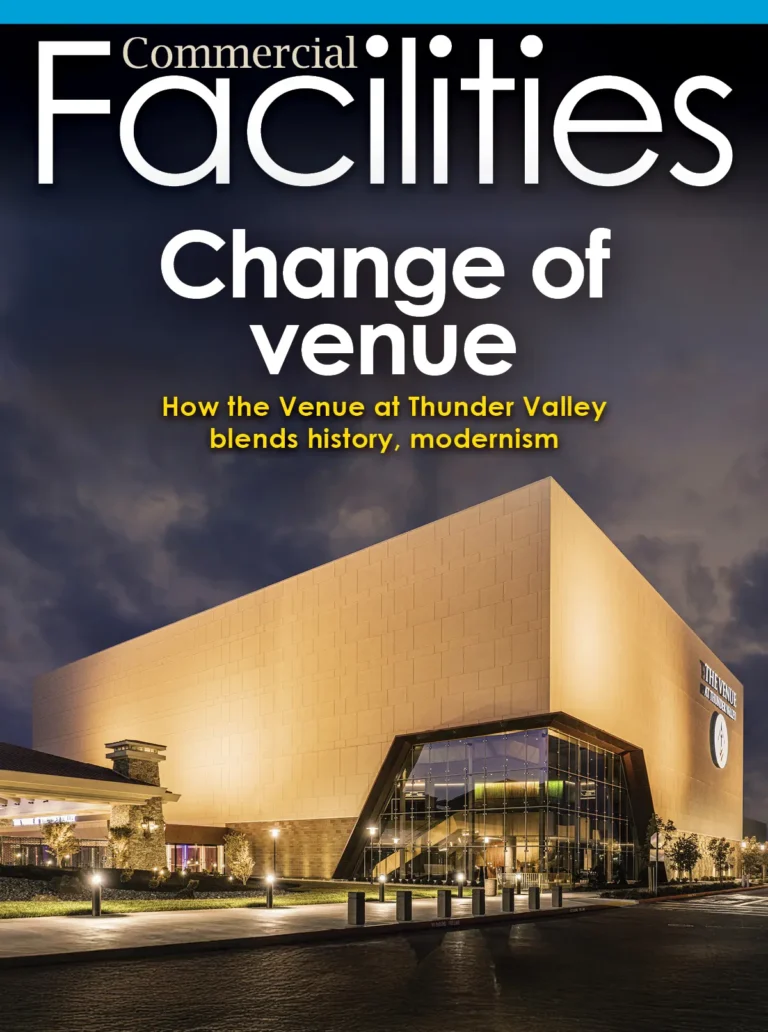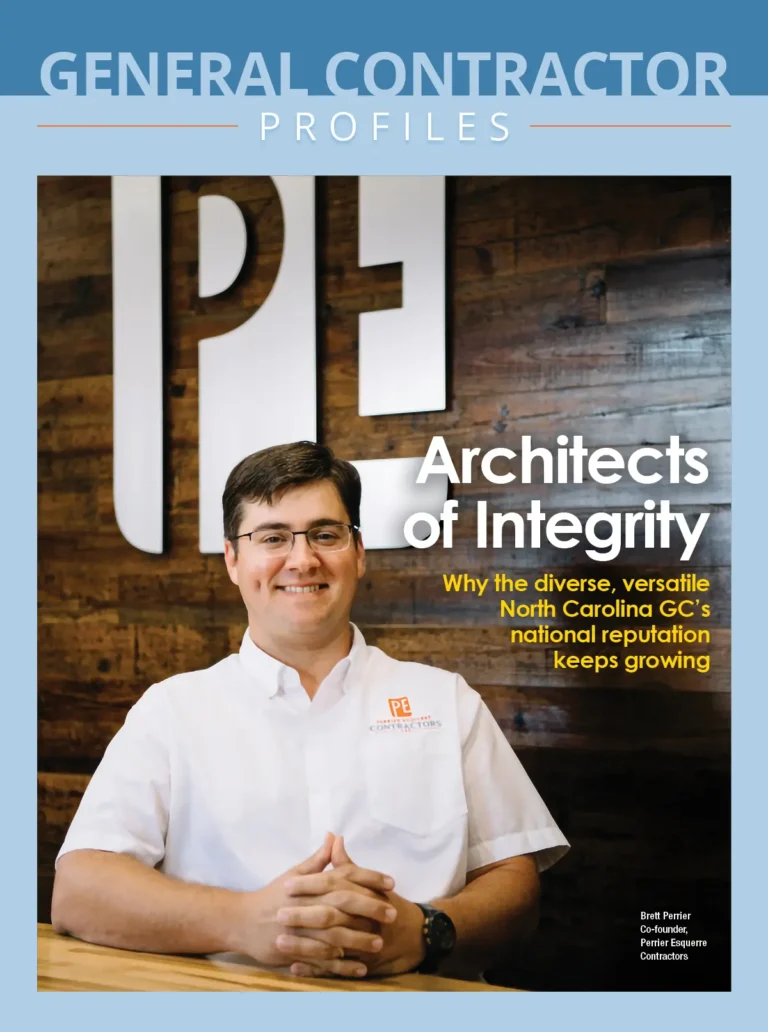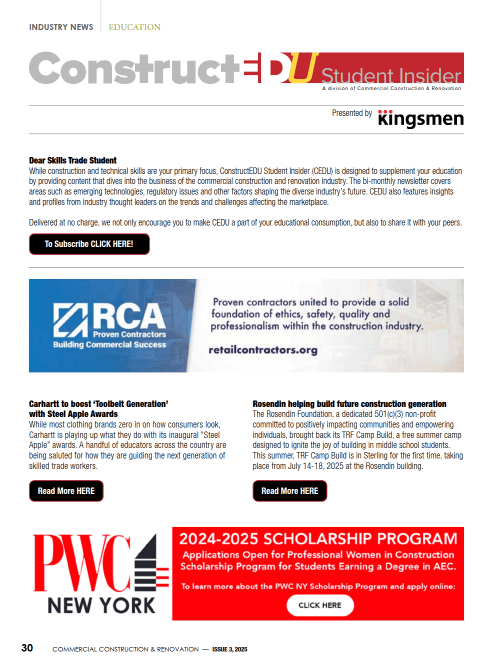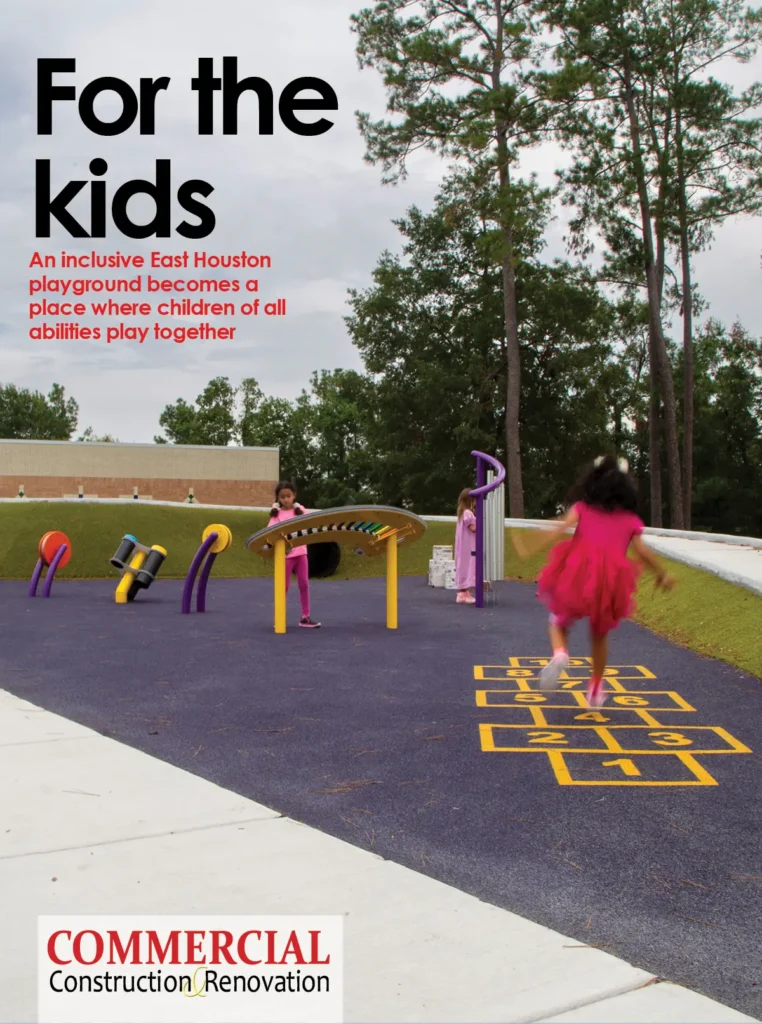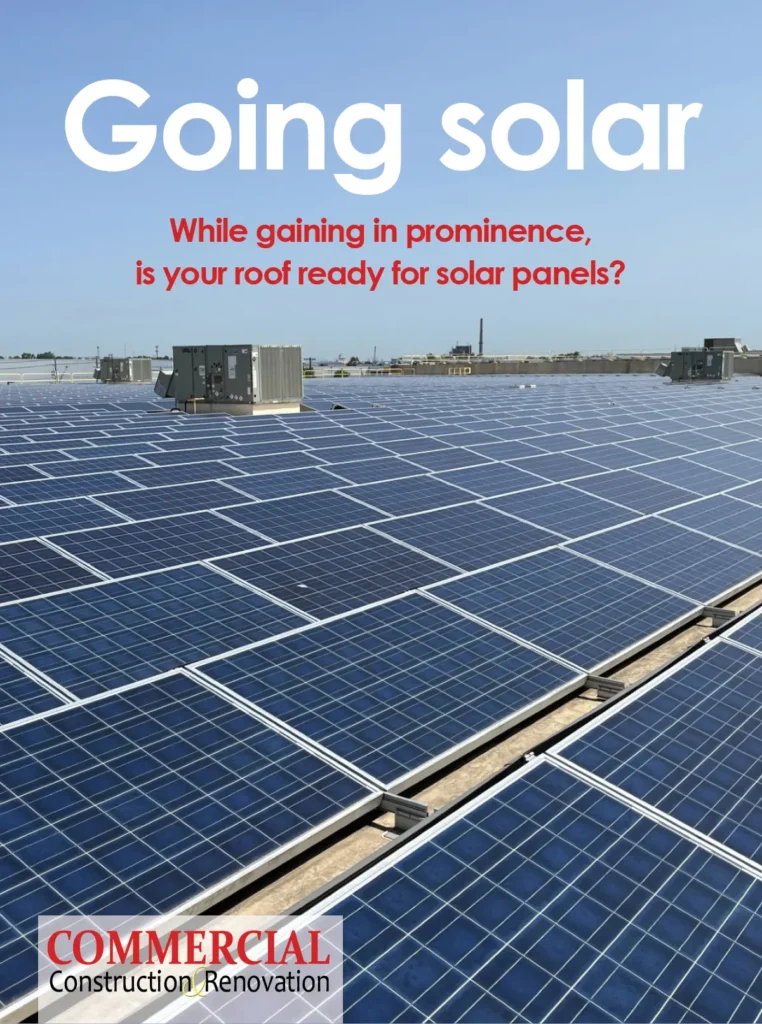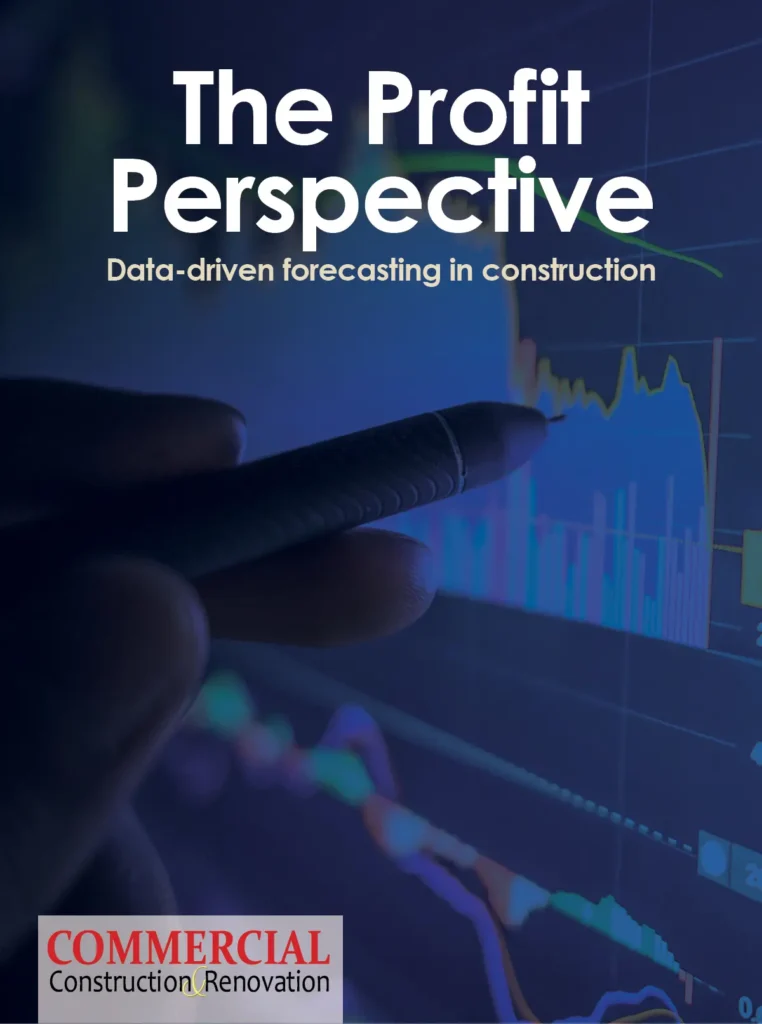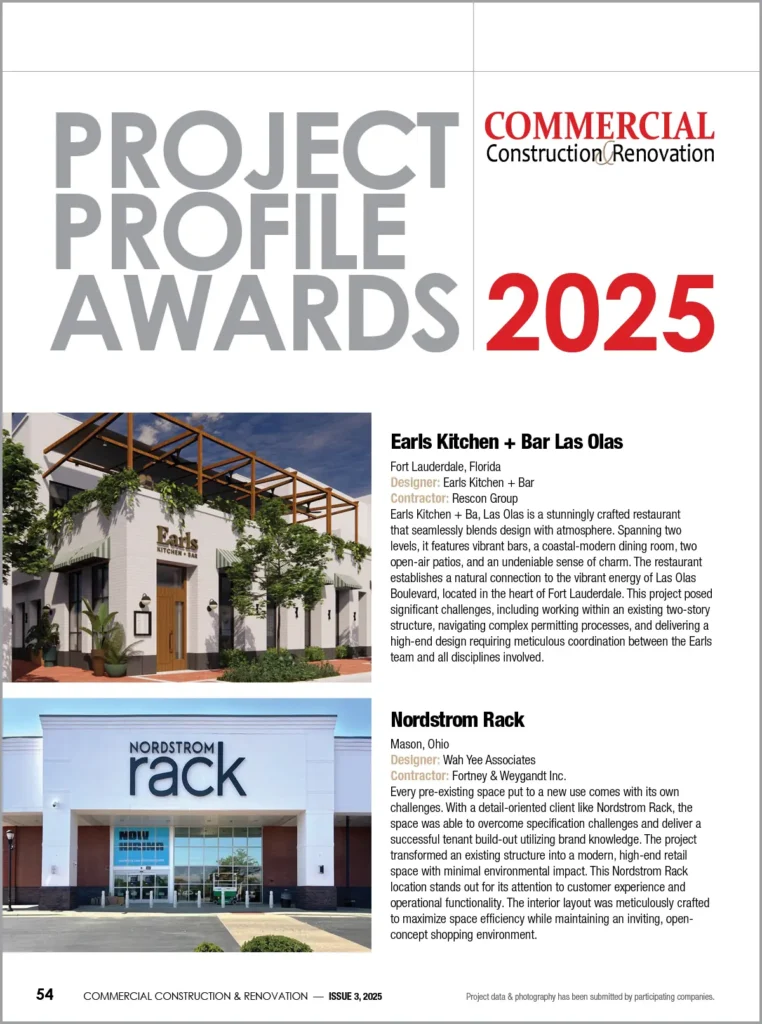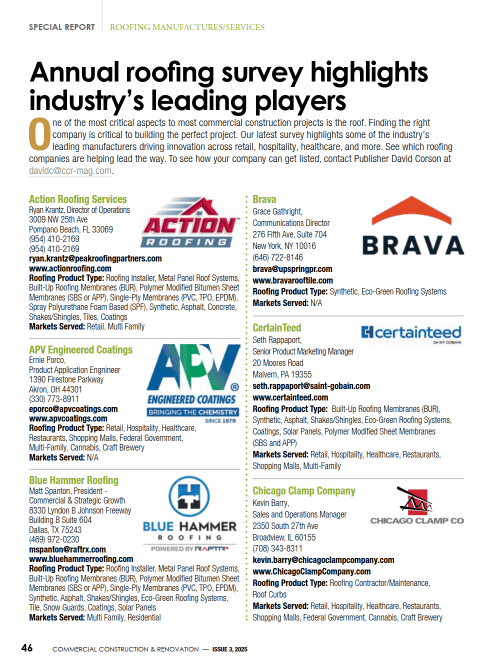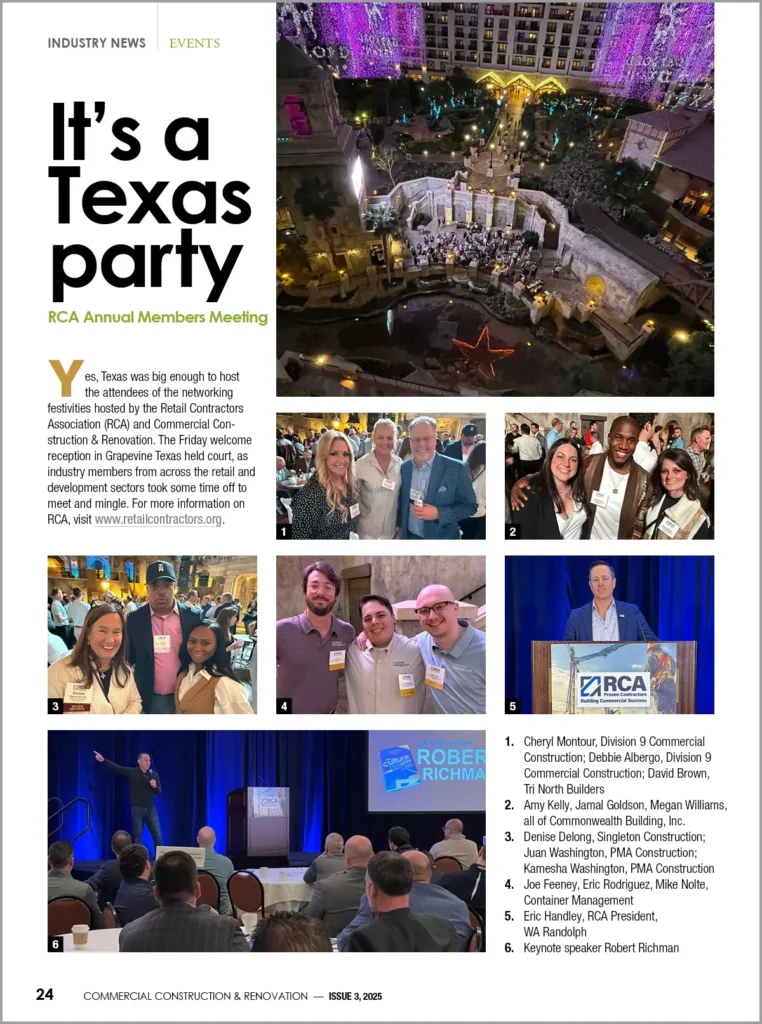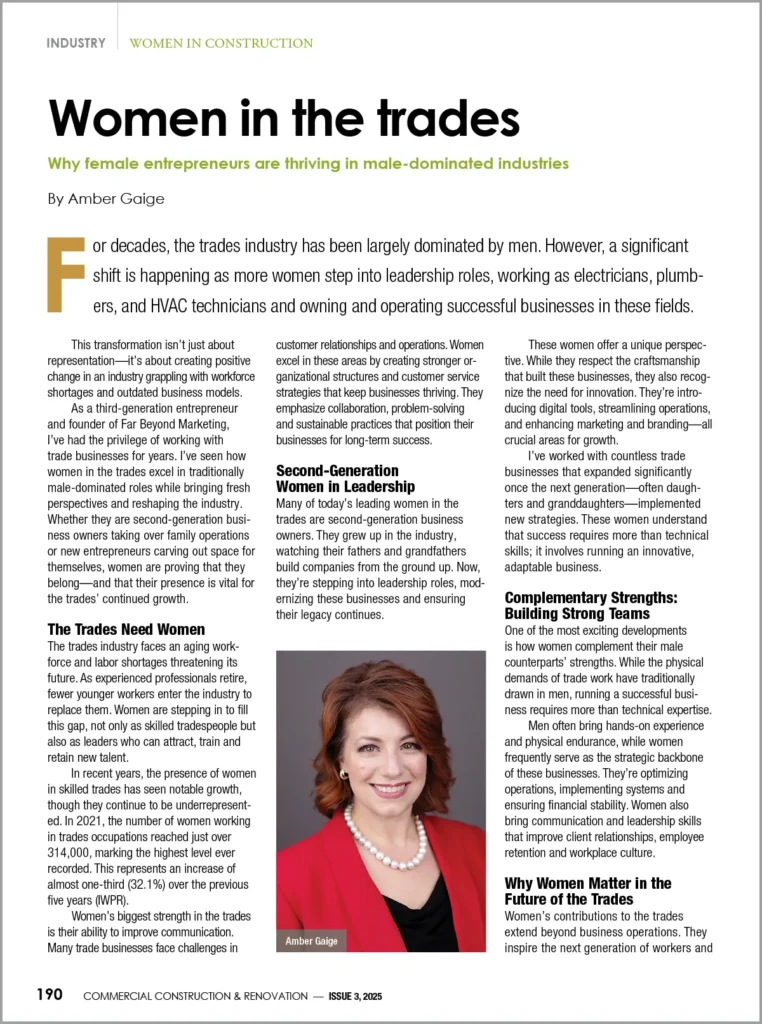A commercial building’s roof is one of the most critical parts of the structure. It protects your assets, staff, and operations from the elements, while also playing a vital role in energy efficiency and regulatory compliance. But unlike a leaking tap or flickering lights, roofing issues are often out of sight and mind until significant damage has occurred.
A well-maintained commercial roof can last anywhere from 20 to 50 years depending on the materials used and the local climate. However, if you’re noticing any of the following signs, it might be time to stop patching and start planning for a full roof replacement.
1. Persistent Leaks or Water Damage
Occasional leaks after heavy rain might seem manageable at first. But persistent or recurring leaks are often a red flag that your roofing system has deteriorated beyond basic repair. If you’ve fixed the same area multiple times or are seeing water stains on ceilings and walls in different parts of the building, the underlying issue is likely systemic.
Water ingress can lead to mould growth, wood rot, electrical hazards, and expensive interior damage. At this point, a roof replacement is often more cost-effective than ongoing patch jobs.
2. Visible Sagging or Structural Deformation
A commercial roof should have a consistent, flat (or appropriately sloped) surface. If any part of the roof appears to be sagging or dipping, it may indicate serious structural compromise, often caused by prolonged water damage or weakened support beams.
Sagging is a safety concern and should be inspected immediately by a roofing professional. Depending on the severity, replacement of both the roof and supporting structures may be required.
3. Rising Energy Bills
Have your heating and cooling costs crept up in recent months? An aging roof can compromise insulation and ventilation, allowing external temperatures to impact your interior climate more drastically. This is particularly relevant for large flat-roofed commercial buildings that are prone to heat gain or loss through the roof.
A new roof with modern insulating materials can significantly improve energy efficiency, potentially saving thousands in annual utility costs.
4. Ponding Water After Rain
Flat or low-slope commercial roofs are especially vulnerable to ponding. This is when pools of standing water remain for 48 hours or more after a storm. Ponding water can accelerate roof membrane breakdown, promote algae growth, and increase the weight load on the roof.
If drainage solutions aren’t working and ponding is becoming a regular issue, your roof’s design may have deteriorated to the point where a replacement is necessary.
5. Material Deterioration
In Australia, commercial roofs are typically made from materials like Colorbond steel, zincalume, metal deck roofing, and polycarbonate sheets, all of which are designed to withstand the harsh climate. But over time, even these durable materials can show signs of failure.
Look out for:
- Rust patches, especially around fasteners or joins
- Faded or flaking Colorbond coatings
- Warping or buckling of metal sheets due to thermal expansion
- Cracks or discolouration in polycarbonate roofing
Seams and joints are also vulnerable to expansion and contraction, which can lead to water ingress. If roof sheeting is showing widespread wear or corrosion, and patching sections no longer solves the issue, a full sheet replacement or total roof replacement may be the smarter long-term option.
6. Roof Age and Lifespan
Commercial roof lifespans in Australia vary depending on exposure to sun, coastal air, and storm intensity. Here’s a rough guide based on local materials:
- Colorbond steel roofing: 30 to 45 years (with proper maintenance)
- Zincalume roofing: 20 to 30 years
- Metal deck roofing: 25 to 40 years
- Bitumen membrane roofs (used on low-slope structures): 15 to 25 years
- Polycarbonate roofing (used in covered walkways or warehouse skylights): 10 to 20 years
If your roof is nearing the upper limit of its expected life or you’re in a coastal or cyclone-prone region where salt and wind shorten lifespan, it’s worth having a professional assessment. Aging roofs may still appear intact but could have hidden corrosion or degraded fasteners compromising their long-term integrity.
7. Repeated Repairs with Diminishing Returns
Have you noticed that the same problems keep cropping up, despite frequent repairs? Whether it’s recurring leaks, patchy waterproofing, or emergency callouts after every storm, constant repairs are not only disruptive but costly.
At a certain point, the cost of repeated maintenance can surpass the investment in a new roof, without the benefit of long-term peace of mind.
When to Act
The best time to consider a roof replacement is before catastrophic failure. A proactive approach gives you time to budget, plan around your business operations, and select the right materials and contractor without the pressure of an emergency.
Schedule a professional roof inspection annually, or bi-annually if your building is in a high-rainfall or high-UV area. Modern roof replacement can incorporate energy-efficient materials, solar panel compatibility, and low-maintenance coatings, transforming your building’s protection and performance.
Final Thoughts
A commercial roof replacement is a significant investment, but one that pays dividends in safety, efficiency, and peace of mind. By recognising the signs early, you can make an informed decision and avoid costly damage to your property and operations.
Need help assessing your roof? Speak to a qualified commercial roofing specialist who can provide a thorough inspection and a tailored plan of action.
Feature Image Source: shutterstock_2450253701

